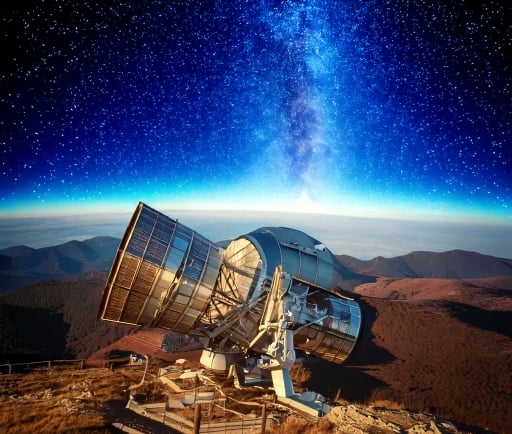The CoRoT: Pioneering the Search for Rocky Exoplanets


Introduction to CoRoT Mission
The CoRoT mission, launched in 2006, marked a significant milestone in the field of astronomy. As one of the pioneering space missions, this French satellite was tasked with the daunting responsibility of detecting rocky planets orbiting nearby stars. The data gathered by CoRoT has paved the way for advancements in exoplanet studies, particularly in understanding variants larger than Earth.
Key Discoveries of the CoRoT Satellite
During its operational period, CoRoT was instrumental in discovering several extrasolar planets, contributing immensely to our knowledge of these distant worlds. One of the standout features of this satellite was its capability to unearth planetary candidates that were rocky in nature. This capability not only deepened our comprehension of the universe but also suggested the existence of planets that might harbor the essentials for life.
In addition to its groundbreaking work in detecting exoplanets, CoRoT also focused on studying the internal structures of stars. Understanding the intricacies of stellar composition is crucial, as it provides context for the environments where these rocky planets exist. The findings from CoRoT contributed to the understanding of stellar evolution and its impact on planetary systems.
CoRoT's Lasting Impact on Astronomy
Even after the mission was concluded, the impact of CoRoT continues to resonate within the scientific community. The information obtained from its observations has influenced many subsequent missions and projects aimed at discovering new worlds. Researchers around the globe have built upon CoRoT’s findings, leading to enhanced methodologies and technologies for exoplanet detection.
In retrospect, CoRoT was not just a mission but a profound leap forward in astrobiology, giving humanity a glimpse into the myriad of rocky planets that grace our universe. The legacy of its advancements remains integral as scientists seek to answer pressing questions about the potential for life beyond Earth. As we continue to explore and expand our knowledge of the cosmos, the contributions of the CoRoT satellite stand out as a foundational component of modern astronomy.
In conclusion, the CoRoT satellite's impressive capabilities in detecting rocky exoplanets and studying stellar structures significantly advanced our understanding of the universe. Through its mission, we have gained a deeper insight into the potential for life-sustaining planets within our galaxy, showcasing the importance of space exploration in unveiling the mysteries of the cosmos.
